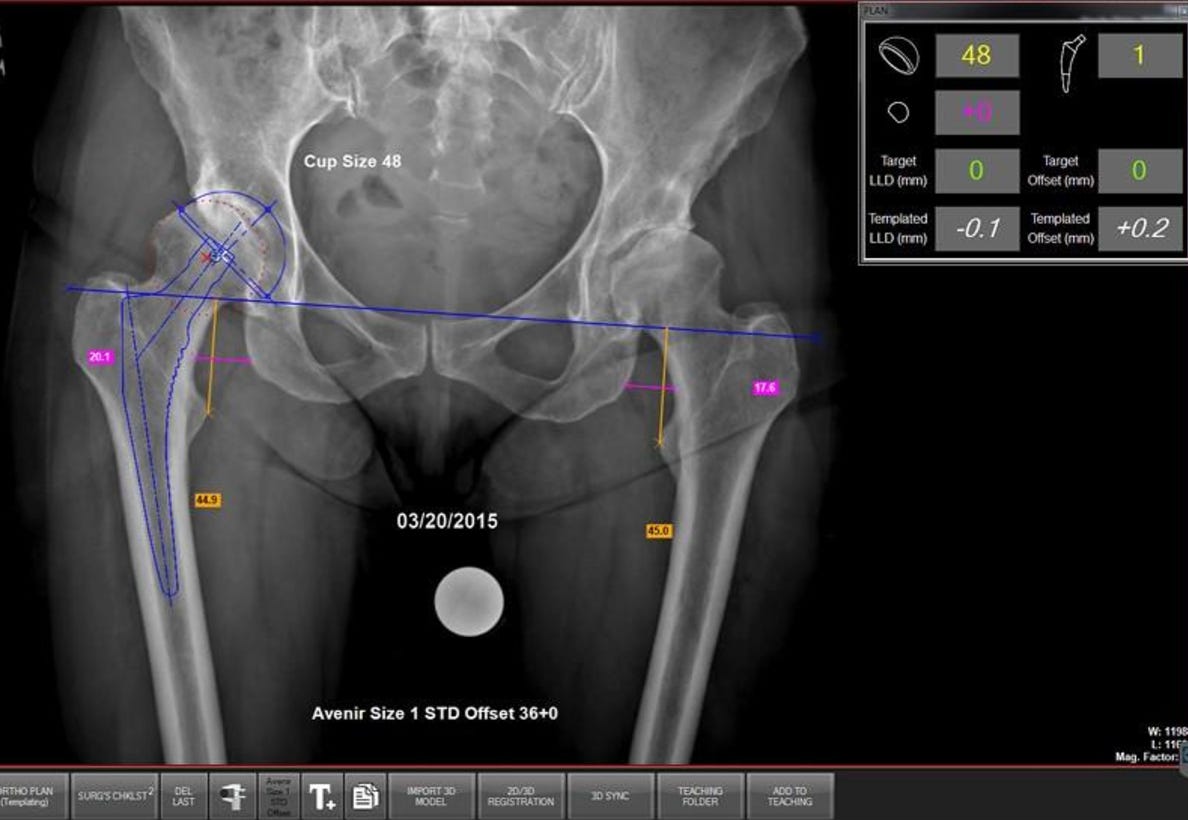Let us break from the routine scientific updates this month and delve into some useful AI tools.
NB: None of these is sponsored. We strive to bring news about exciting technologies and research happening around the globe
Artificial Intelligence… a viable alternative for Natural stupidity?
In orthopaedics, AI takes its stance, improving lives with its intelligent dance. A partner to experts, a valuable ally, embracing the future, where innovation will fly. - ChatGPT
Remember when we used to make jokes about how AI wouldn’t be taking over our jobs? Yeah, those were good days… At least we, Orthopods, may still have some time to pull that joke off. Our X-ray brothers are not very lucky, though.
I knew they were up to something…
Folks at AZmed, a France-based AI company, have developed ‘Rayvolve® AI Suite’. The AI detects fractures, dislocations, and joint effusions on X-rays. The deep learning-based fracture detection tool was developed using 132k x-rays. They have both FDA and CE clearance.
I still can’t see the dislocation 🙈
Their evidence suggests an impressive 99.7% negative predictive value and 84% improvement in turnaround time. It saves 7.1s per x-ray reading.
The reporting seems to happen as the image is transferred to the PACS and DICOM system
While this could tremendously benefit training radiologists and can substitute as a good service provision, the system still struggles with x-rays with limbs in plaster and children less than 4 years.
But considering the pace of tech evolution, something tells me 2.0 is not far away!
OrthoPlan 2.0
Work Well Planned is Half Done!
OrthoPlan 2.0 is a digital templating software that aids in surgical planning to create a personalized patient plan to prepare for each case preoperatively. It has an extensive open-platform library that includes all major implant brands, so you can always find your fit with a wide variety of implants in the arsenal. Further, the software automatically selects the correct implant size, places the implant, and simulates the postoperative results.
It also compares the pre-op plan against live images acquired during the procedure to confirm optimal component placement. It can be used anywhere with easy PACS or EMR integration. Currently, it supports hip and knee replacement surgery planning
check out the video here.
Another one for osteotomies and trauma: PeekMed
Have you ever wondered how much time you spend calculating angles and wedge dimensions when planning an osteotomy for deformity correction? Let’s be real—it’s not exactly a quick or easy task, right? But guess what? In the age of Artificial Intelligence, this whole process can actually be a breeze!
With PeekMed, things get super simple. All you need to do is click on the borders of the bones in an X-ray, and voilà! The angles are calculated for you in no time. And that’s not all—the app even suggests whether you need a single or double-level osteotomy. How cool is that?
You can also tweak the osteotomy to fine-tune where you want the mechanical axis to pass through the joint. And it doesn’t stop there—you can see exactly how everything looks post-osteotomy. Want to plan where to place the fixation device or the screws? Yup, PeekMed’s got you covered for that too.
PeekMed doesn’t just handle osteotomy planning. It’s packed with features to help with preoperative planning, just like you’d expect from a smart AI tool. So… what do you think? Ready to give it a try?
Sure, let’s spice it up with some technical punch and an engaging flow!
Time to save lives:
TraumaCare.AI is like having an extra brain in the trauma bay, but one that never sleeps and processes a ton of data in seconds. This AI tool plugs into your EHR system, crunching real-time data like vitals, labs, and clinical parameters using machine learning models trained specifically for high-stakes critical care. Its secret sauce? Advanced predictive algorithms that deliver instant risk assessments and decision support while you’re still reaching for the next chart.
Why it’s awesome:
• Speed kills… delays, that is: Instant insights mean faster interventions—think reduced mortality and fewer infections.
• Tailored for chaos: The UI is built for trauma and ICU workflows, so no clunky interfaces.
• Better outcomes, less guesswork: Risk stratifications help you stay ahead of complications like organ dysfunction or sepsis.
But here’s the catch:
• Garbage in, garbage out: Flawed data means flawed predictions. Double-check those inputs!
• Tech overtrust: Let’s not forget—AI assists; it doesn’t replace clinical judgment.
What’s next?
AI is gearing up for predictive superpowers: spotting complications before they happen, customizing care to patient DNA, and AI-driven robots in the OR. Add some VR training simulations, and you’re looking at a future where patient care gets smarter, faster, and way more precise. Just don’t let the machines steal all the glory.
Have a fabulous month ahead guys.
See you all next year.











AI edition was impressive- Check out WIZIO smart app for Joint physio - Its a two way range detection and also correciton of technique enabled AI app - Write to siddhartha@wizphys.io for details if interested